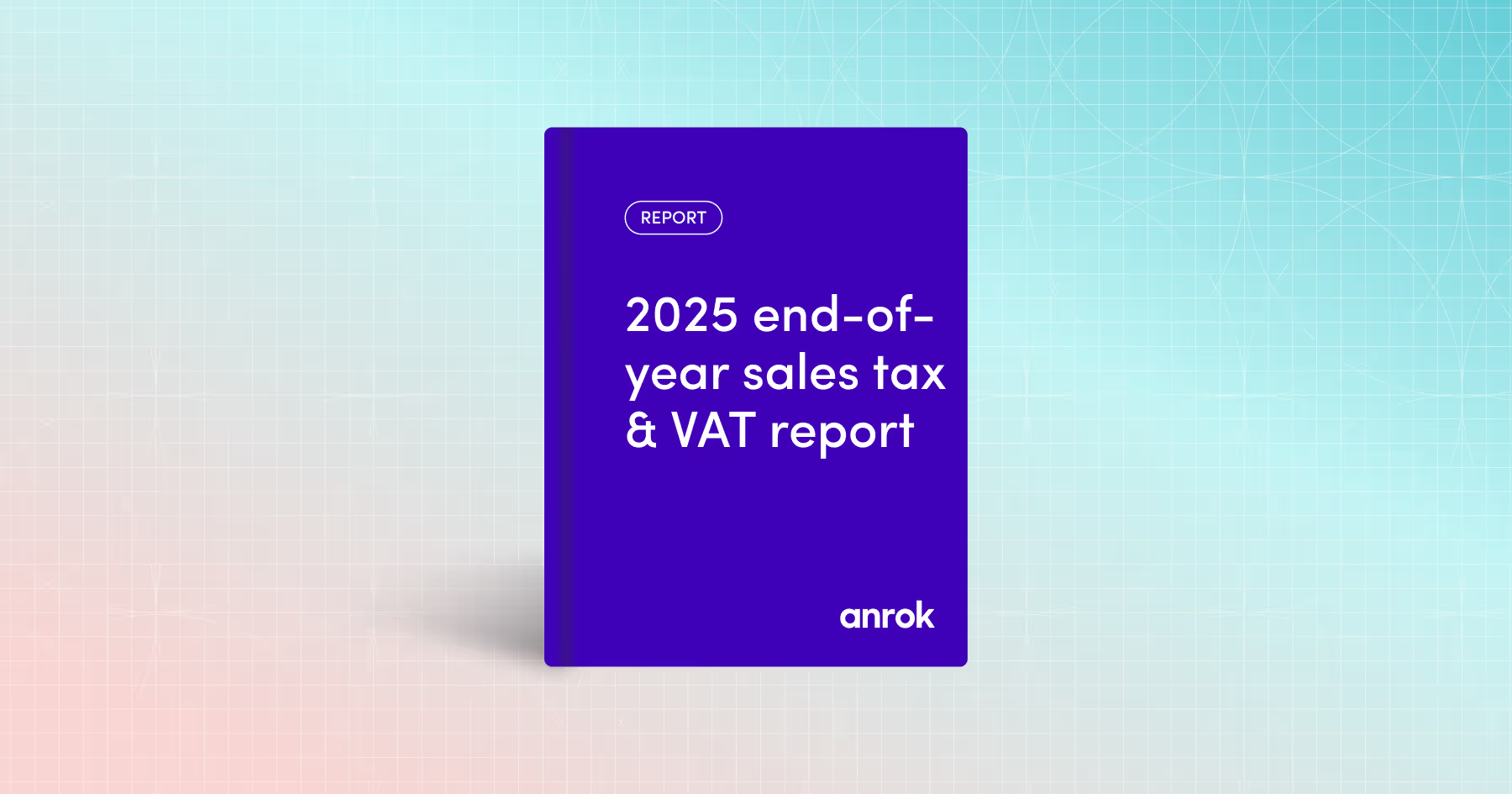Line items
1. MTC previews sales tax guidance for digital products
The brief: On August 2nd, the Multistate Tax Commission previewed its forthcoming whitepaper outlining guidelines for how states should approach sales tax on digital products. The MTC’s guidance is likely to prompt updates to multiple state tax codes, and points to probable expansion of tax bases to include a larger number of digital products.
The backstory: The MTC was founded in 1967 and has a long history of generating policy consensus among states. The intergovernmental agency’s general aim is to retain individual state authority over tax decisions, while “promoting uniformity or compatibility in significant components of tax systems.” Language recommended by the MTC is often directly adopted into member states’ tax codes.
After 2018’s landmark South Dakota v. Wayfair Supreme Court case, the MTC dedicated a project to helping states understand how to apply the decision, and now it’s tackling general guidance for sales tax on digital products. “Digital products” is a category without common definition between states, and states have taken varying approaches to its taxation.
It’s likely that the MTC’s final guidance will point to Washington as a sales tax exemplar. Many states have struggled with shrinking tax bases as technology rapidly changes how products are bought and sold. With many traditionally taxable physical goods now digitized, a significant portion of commerce has shifted into uncharted legislative territory. Washington has been a leader in expanding its tax base to keep up with technological innovation (most recently, issuing the first explicit state guidance on NFT taxability).
Crucially, Washington applies its digital products tax broadly, including all products that fall into the category by default, unless they meet a number of specified exemptions. Most states have taken a piece-by-piece approach to taxing digital goods, designating specific items as taxable one at a time (typically, the digital counterpart of an already taxable physical good, such as an e-book). The MTC favors Washington’s broader approach as more in line with how physical goods have traditionally been taxed.
The bottom line: While many states have made moves to capture digital goods in their tax bases, there’s still a lot of ground to cover. A step toward more universal language around digital products could be a boon to SaaS businesses, who must navigate a confusing set of sales tax requirements. But finance leaders should also be prepared to see the number of states that tax SaaS to continue expanding, making it even more critical to keep up with sales tax compliance.
2. Study highlights the burden of local taxes on taxpayers
The brief: On July 28th, the State Tax Research Institute (STRI) published a study arguing that locally administered business taxes (a category that includes sales tax laws in home-rule jurisdictions like Chicago) place an undue burden on taxpayers. The authors, a group of influential tax consultants, charge that while such laws point to the Wayfair decision as justification, they fall outside of Wayfair’s intended scope and thus are vulnerable to constitutional challenges.
The backstory: Several states allow local municipalities to determine their own tax schemes, including defining taxable products independent of state rules, and requiring businesses to file local returns. Colorado is a notable example: over 70 cities have their own tax regulations and processes. Until 2018’s Wayfair decision expanded the definition of nexus, only a company with physical presence in those local jurisdictions was required to register and collect sales tax. But now, remote sellers who meet a sales threshold can be taxed at both the local and state levels. Compliance overhead can mount quickly, with a high-transaction business required to monitor dozens of tax rates and regulations (and file dozens of monthly returns) in a single state.
The bottom line: The STRI study is the latest charge that the burden of complying with local tax regimes could be unconstitutionally high. But despite building pressure on states to provide some continuity and ease of administration across local jurisdictions, legislatures are often slow to make such changes.
3. Pennsylvania and NYC codify thresholds for income tax nexus
The brief: On July 8th, Pennsylvania passed a law setting a $500,000 income tax nexus threshold for remote companies doing business in the state. Pennsylvania previously published similar guidelines in a 2019 bulletin, but the new law makes it official, effective January 1, 2023.
On August 31st, New York passed legislation aligning parts of the New York State and New York City tax codes. This includes extending the state’s $1 million income tax nexus threshold—which has been in place since 2015—to New York City.
The backstory: These moves are the latest indication that states are moving to codify their income tax nexus laws. Many states already use a limited concept of “economic presence” to establish income tax requirements (based on the 1993 Supreme Court decision in Geoffrey, Inc. v. South Carolina). However, with the Wayfair decision, states have a renewed chance to broaden their tax bases. In 2019, Hawaii became the first of several states to take the Wayfair decision nexus standard and apply it to income tax, which some caution could be extending the ruling too far.
The bottom line: It’s increasingly important for companies to monitor their remote sales, and consider nexus thresholds for both sales tax and income tax. Until there’s clear consensus from the courts, taxpayers should hew closely to expert guidance on income tax requirements.
Forecasting
As legislatures come back into session, expect to see a few states start to tackle SaaS sales tax for the first time. One state to watch is Georgia, which introduced but failed to pass legislation taxing digital products in its 2021 and 2022 sessions, and is likely to make a third attempt this year.




%20(1).webp)
